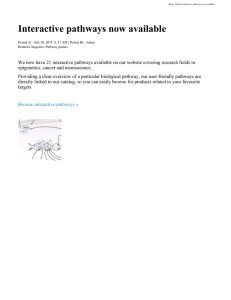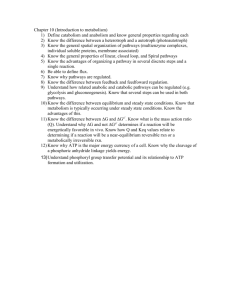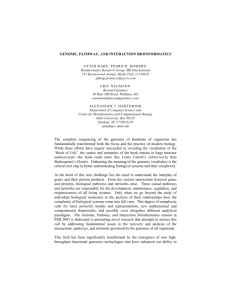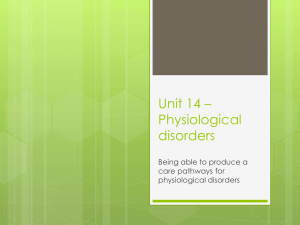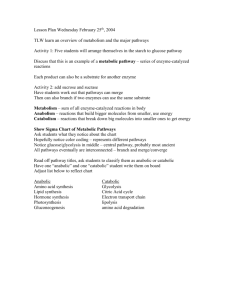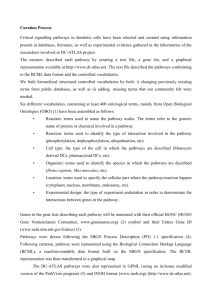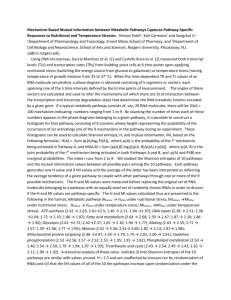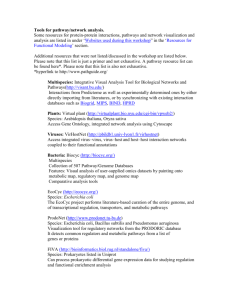CIHR_Registration_Abstract
advertisement
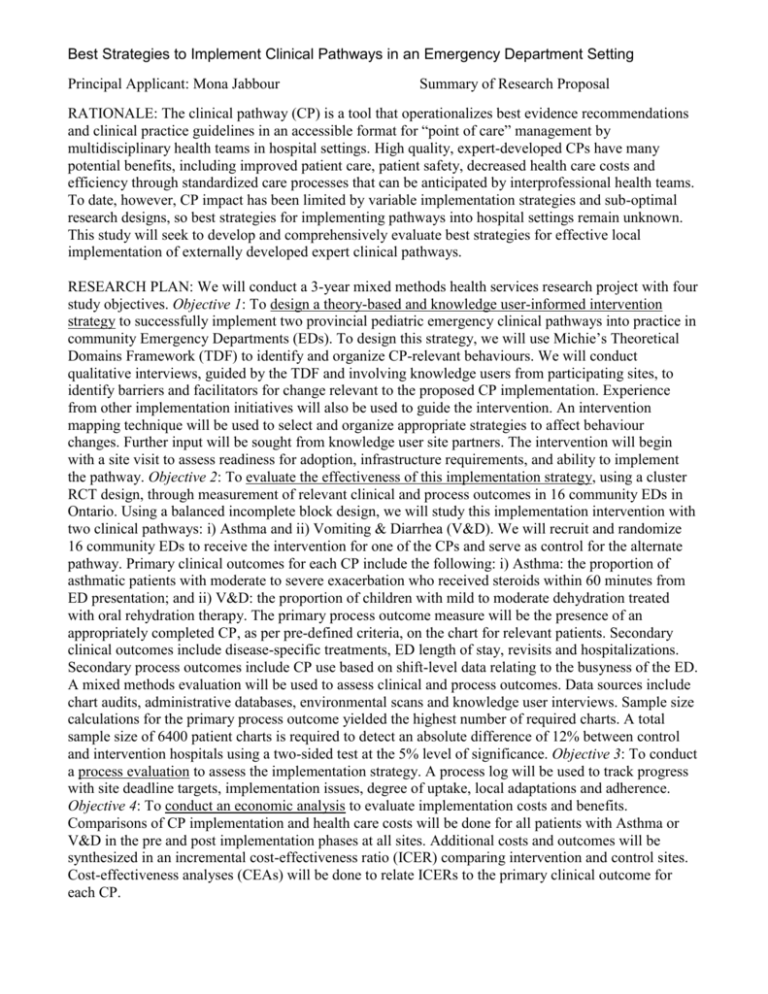
Best Strategies to Implement Clinical Pathways in an Emergency Department Setting Principal Applicant: Mona Jabbour Summary of Research Proposal RATIONALE: The clinical pathway (CP) is a tool that operationalizes best evidence recommendations and clinical practice guidelines in an accessible format for “point of care” management by multidisciplinary health teams in hospital settings. High quality, expert-developed CPs have many potential benefits, including improved patient care, patient safety, decreased health care costs and efficiency through standardized care processes that can be anticipated by interprofessional health teams. To date, however, CP impact has been limited by variable implementation strategies and sub-optimal research designs, so best strategies for implementing pathways into hospital settings remain unknown. This study will seek to develop and comprehensively evaluate best strategies for effective local implementation of externally developed expert clinical pathways. RESEARCH PLAN: We will conduct a 3-year mixed methods health services research project with four study objectives. Objective 1: To design a theory-based and knowledge user-informed intervention strategy to successfully implement two provincial pediatric emergency clinical pathways into practice in community Emergency Departments (EDs). To design this strategy, we will use Michie’s Theoretical Domains Framework (TDF) to identify and organize CP-relevant behaviours. We will conduct qualitative interviews, guided by the TDF and involving knowledge users from participating sites, to identify barriers and facilitators for change relevant to the proposed CP implementation. Experience from other implementation initiatives will also be used to guide the intervention. An intervention mapping technique will be used to select and organize appropriate strategies to affect behaviour changes. Further input will be sought from knowledge user site partners. The intervention will begin with a site visit to assess readiness for adoption, infrastructure requirements, and ability to implement the pathway. Objective 2: To evaluate the effectiveness of this implementation strategy, using a cluster RCT design, through measurement of relevant clinical and process outcomes in 16 community EDs in Ontario. Using a balanced incomplete block design, we will study this implementation intervention with two clinical pathways: i) Asthma and ii) Vomiting & Diarrhea (V&D). We will recruit and randomize 16 community EDs to receive the intervention for one of the CPs and serve as control for the alternate pathway. Primary clinical outcomes for each CP include the following: i) Asthma: the proportion of asthmatic patients with moderate to severe exacerbation who received steroids within 60 minutes from ED presentation; and ii) V&D: the proportion of children with mild to moderate dehydration treated with oral rehydration therapy. The primary process outcome measure will be the presence of an appropriately completed CP, as per pre-defined criteria, on the chart for relevant patients. Secondary clinical outcomes include disease-specific treatments, ED length of stay, revisits and hospitalizations. Secondary process outcomes include CP use based on shift-level data relating to the busyness of the ED. A mixed methods evaluation will be used to assess clinical and process outcomes. Data sources include chart audits, administrative databases, environmental scans and knowledge user interviews. Sample size calculations for the primary process outcome yielded the highest number of required charts. A total sample size of 6400 patient charts is required to detect an absolute difference of 12% between control and intervention hospitals using a two-sided test at the 5% level of significance. Objective 3: To conduct a process evaluation to assess the implementation strategy. A process log will be used to track progress with site deadline targets, implementation issues, degree of uptake, local adaptations and adherence. Objective 4: To conduct an economic analysis to evaluate implementation costs and benefits. Comparisons of CP implementation and health care costs will be done for all patients with Asthma or V&D in the pre and post implementation phases at all sites. Additional costs and outcomes will be synthesized in an incremental cost-effectiveness ratio (ICER) comparing intervention and control sites. Cost-effectiveness analyses (CEAs) will be done to relate ICERs to the primary clinical outcome for each CP.
